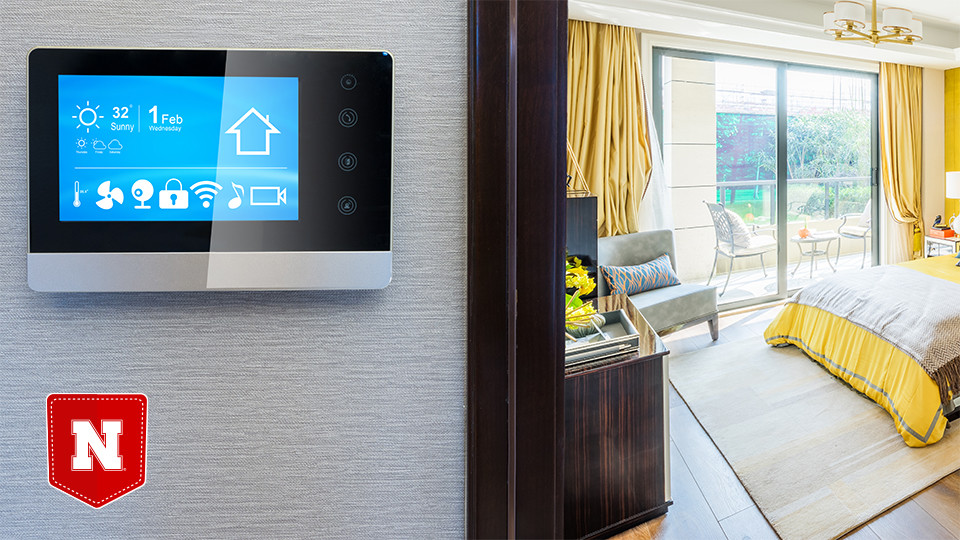· 2 min read
Safe house: Ultrasound tech making smart homes more secure

Welcome to Pocket Science: a glimpse at recent research from Husker scientists and engineers. For those who want to quickly learn the “What,” “So what” and “Now what” of Husker research.
What?
Smart homes have given their residents wireless control over many facets of domestic life: locking or unlocking doors, monitoring rooms, adjusting light and temperature. Those Wi-Fi commands transmit on radio frequencies, which are part of the electromagnetic spectrum — a spectrum that also includes microwaves, visible light and X-rays.
But the radio-frequency range has gotten crowded over the past few decades, with many wireless devices competing for the increasingly scarce resource.
So what?
That crowding has begun to erode the efficiency and already-vulnerable security of Wi-Fi signals, leaving smart homes even more susceptible to hacking.
In response, Nebraska’s Qiben Yan has designed a transmitter-receiver prototype that is attuned both to radio frequencies and ultrasonic sound waves. Ultrasound can’t easily penetrate most solid surfaces, making it difficult to intercept from outside a home. And because it doesn’t reside on the electromagnetic spectrum, ultrasound could improve the efficiency of devices that have traditionally communicated solely via radio frequencies.
Using an atomically thin material, Yan has also crafted a component for converting ultrasound into electrical signals at higher frequencies and faster speeds than existing counterparts.
Now what?
Yan and his THINK Lab are working to increase their prototype’s range, which is currently about 30 feet.










